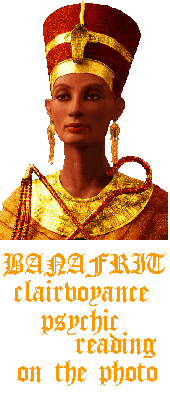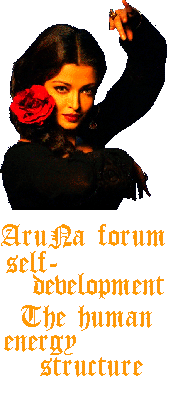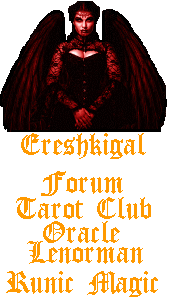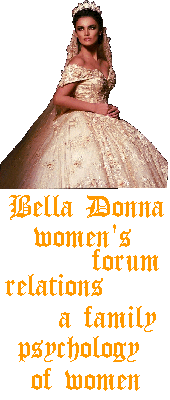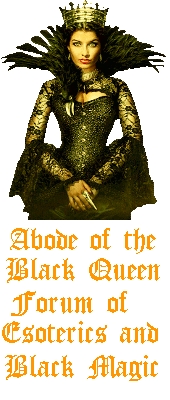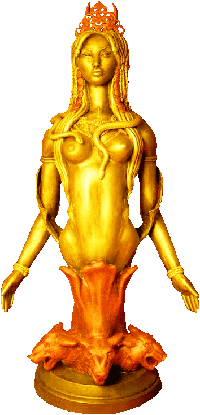MODERN WITCHCRAFT, PT. 4.
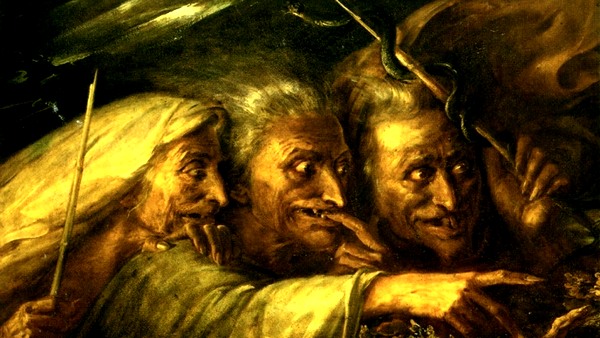
by Randall S. Frederick
Notes.
Given the level of historical information covered in parts one (here), two (here) and three (here), it’s important to stop and review before we continue to address witchcraft from a “modern” perspective. Though the periodization of time is highly disputed and subject to cultural elitism that privileges the West, for my purposes I am following a very loose periodization as follows:
The Ancient (Egyptian to Babylonian) Period stretches from 750 to 300 BCE.
The Hellenistic (Greek) Period stretches from 300 to 30 BCE.
The Roman Period stretches from 30 BCE to 500 AD/CE.
The Medieval Period (“Middle Ages” or “Dark Ages”) stretches from 500 to 1500 AD/CE.
The Renaissance Period (including the Reformation) stretches from 1500 to 1700 AD/CE.
And the Modern Period from 1700 to 1900 AD/CE.
Admittedly, these divisions are flexible and highly contested, even arbitrary, and are made based on which historical event you prefer. For example, Rome falls to Germanic armies in 476 BCE and yet I “round” that out to 500. Further, Rome ruled for over a thousand years, which is not reflected here given the significant contribution of Greece to Western Civilization. Even further, these divisions do not distinguish between “high” and “low” eras within periods. View it accordingly – if I seem to be playing loose with time markers, that is because I am. So far I have been discussing ideas more than rituals, and ideas tend to germinate over period of time, not like Archimede’s “eureka!” More, the history of witchcraft is known by gaps and imprecisions or especially records not of their own making which benefit their persecutors and marginalize the true history of witches.
What is a witch?
Defining a witch is not an easy task and discussion of witchcraft in Western culture must be grounded in a specific context, which has been done previously here (part 1), here (part 2), and here (part 3).
From the 15th century onward, scholars sought to define and redefine witchcraft by looking to ancient sources, mostly through references to the Bible, to prove the validity of their beliefs. As discussed thoroughly already, witchcraft was especially hard to define with the confluence of ideas during the Renaissance and the social turbulence across all of Europe that heightened fears and brought about all manner of accusations. The only certainties were that witchcraft was outside of the control of the Catholic Church, was traditionally practiced by women, and involved some kind of spiritual experience. This, as should be clear, could have meant anything, allowing a great deal of latitude in the persecution and execution of women. Jean Bodin, a well known 16th century French political theorist, argued that witchcraft was the manner in which individuals, by consorting with the devil, committed malefic actions and obtained their wishes but again this is a very loose definition. Nevertheless, by the 16th century, witchcraft was fixed in the European cultural landscape. In earlier centuries, witchcraft had been tolerated for the most part – Judaism took great issue with the practice, whatever it might have been (the Hebrew Scriptures are rather vague and give wide latitude for persecution as well) – because it was seen as an aberration, a folk religious practice, or as nonsense. But then by the early modern period, both Catholics and Protestants came to accept the firm reality of witchcraft in their midst. Witchcraft was a rival to their own religious practices, albeit in a passive way. We have numerous accounts of Christians persecuting witches, but none the other way round.
But what exactly are we talking about when we talk about witchcraft? Until now, I have been trying to set up a context for the origins of Modern witchcraft. Like all practices, witchcraft is made up of seminal ideas and reactions to those ideas and because a definition of witchcraft is so elusive, I felt it important to frame and ground these origins with the social conditions out of which witchcraft as we now know it arose, noting important names and moments to arrive here: with a direct discussion of witchcraft today.
By fixing such a determined boundary of otherness for witches, a few scholars argued that the practices they determined to be witchcraft were illogical, even irreligious and thus a rival for the future Western, even Christian estate they envisioned.

by Randall S. Frederick
Notes.
Given the level of historical information covered in parts one (here), two (here) and three (here), it’s important to stop and review before we continue to address witchcraft from a “modern” perspective. Though the periodization of time is highly disputed and subject to cultural elitism that privileges the West, for my purposes I am following a very loose periodization as follows:
The Ancient (Egyptian to Babylonian) Period stretches from 750 to 300 BCE.
The Hellenistic (Greek) Period stretches from 300 to 30 BCE.
The Roman Period stretches from 30 BCE to 500 AD/CE.
The Medieval Period (“Middle Ages” or “Dark Ages”) stretches from 500 to 1500 AD/CE.
The Renaissance Period (including the Reformation) stretches from 1500 to 1700 AD/CE.
And the Modern Period from 1700 to 1900 AD/CE.
Admittedly, these divisions are flexible and highly contested, even arbitrary, and are made based on which historical event you prefer. For example, Rome falls to Germanic armies in 476 BCE and yet I “round” that out to 500. Further, Rome ruled for over a thousand years, which is not reflected here given the significant contribution of Greece to Western Civilization. Even further, these divisions do not distinguish between “high” and “low” eras within periods. View it accordingly – if I seem to be playing loose with time markers, that is because I am. So far I have been discussing ideas more than rituals, and ideas tend to germinate over period of time, not like Archimede’s “eureka!” More, the history of witchcraft is known by gaps and imprecisions or especially records not of their own making which benefit their persecutors and marginalize the true history of witches.
What is a witch?
Defining a witch is not an easy task and discussion of witchcraft in Western culture must be grounded in a specific context, which has been done previously here (part 1), here (part 2), and here (part 3).
From the 15th century onward, scholars sought to define and redefine witchcraft by looking to ancient sources, mostly through references to the Bible, to prove the validity of their beliefs. As discussed thoroughly already, witchcraft was especially hard to define with the confluence of ideas during the Renaissance and the social turbulence across all of Europe that heightened fears and brought about all manner of accusations. The only certainties were that witchcraft was outside of the control of the Catholic Church, was traditionally practiced by women, and involved some kind of spiritual experience. This, as should be clear, could have meant anything, allowing a great deal of latitude in the persecution and execution of women. Jean Bodin, a well known 16th century French political theorist, argued that witchcraft was the manner in which individuals, by consorting with the devil, committed malefic actions and obtained their wishes but again this is a very loose definition. Nevertheless, by the 16th century, witchcraft was fixed in the European cultural landscape. In earlier centuries, witchcraft had been tolerated for the most part – Judaism took great issue with the practice, whatever it might have been (the Hebrew Scriptures are rather vague and give wide latitude for persecution as well) – because it was seen as an aberration, a folk religious practice, or as nonsense. But then by the early modern period, both Catholics and Protestants came to accept the firm reality of witchcraft in their midst. Witchcraft was a rival to their own religious practices, albeit in a passive way. We have numerous accounts of Christians persecuting witches, but none the other way round.
But what exactly are we talking about when we talk about witchcraft? Until now, I have been trying to set up a context for the origins of Modern witchcraft. Like all practices, witchcraft is made up of seminal ideas and reactions to those ideas and because a definition of witchcraft is so elusive, I felt it important to frame and ground these origins with the social conditions out of which witchcraft as we now know it arose, noting important names and moments to arrive here: with a direct discussion of witchcraft today.
By fixing such a determined boundary of otherness for witches, a few scholars argued that the practices they determined to be witchcraft were illogical, even irreligious and thus a rival for the future Western, even Christian estate they envisioned.


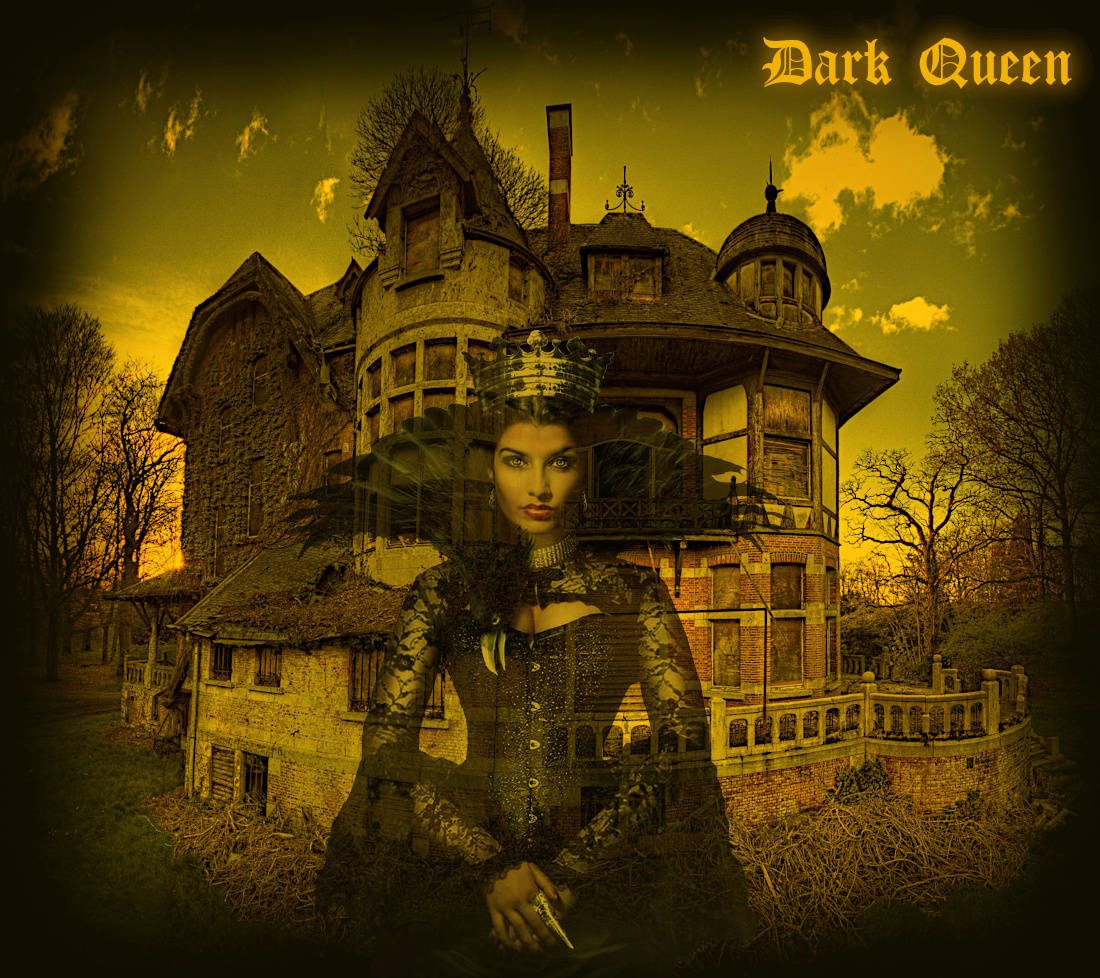







 Wed 28 Jul 2021 - 8:20 by Jexxston
Wed 28 Jul 2021 - 8:20 by Jexxston